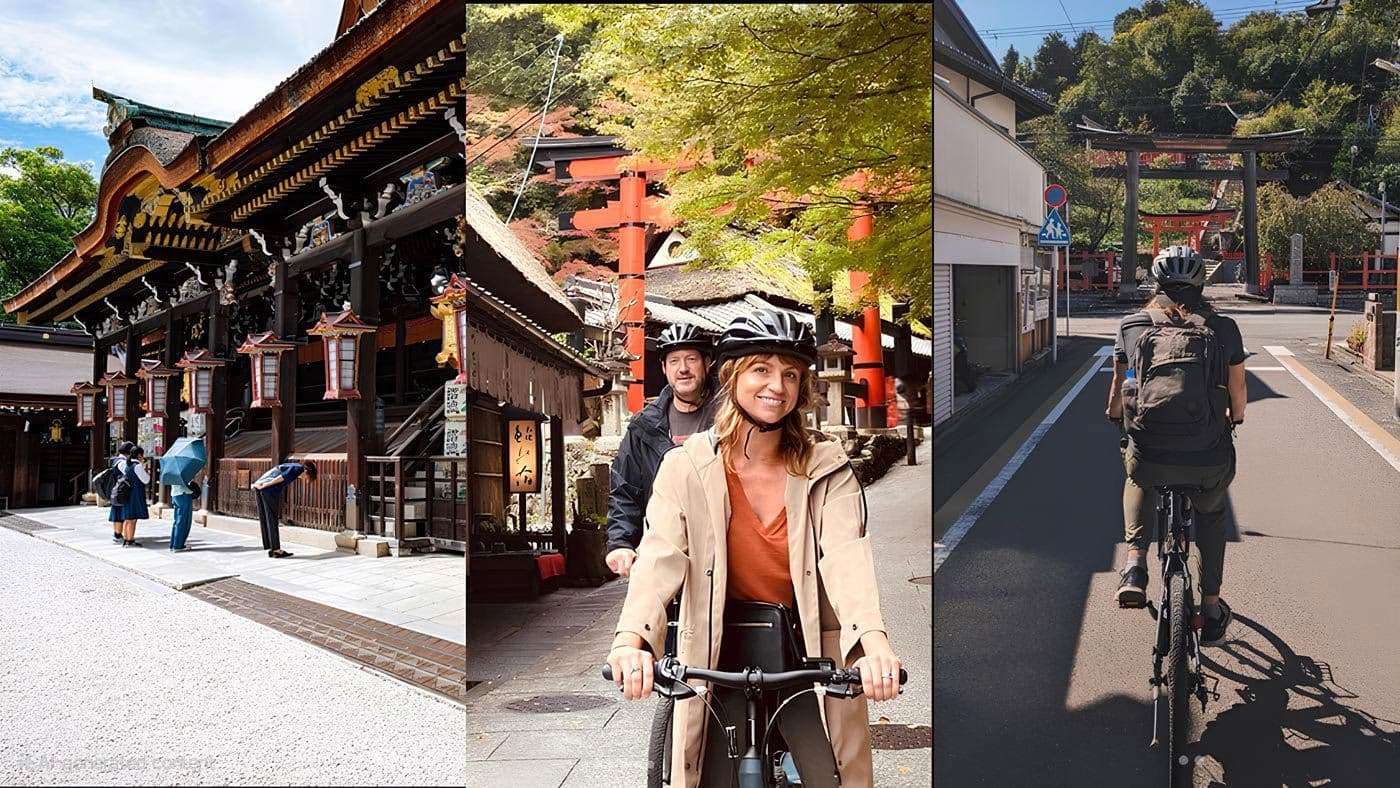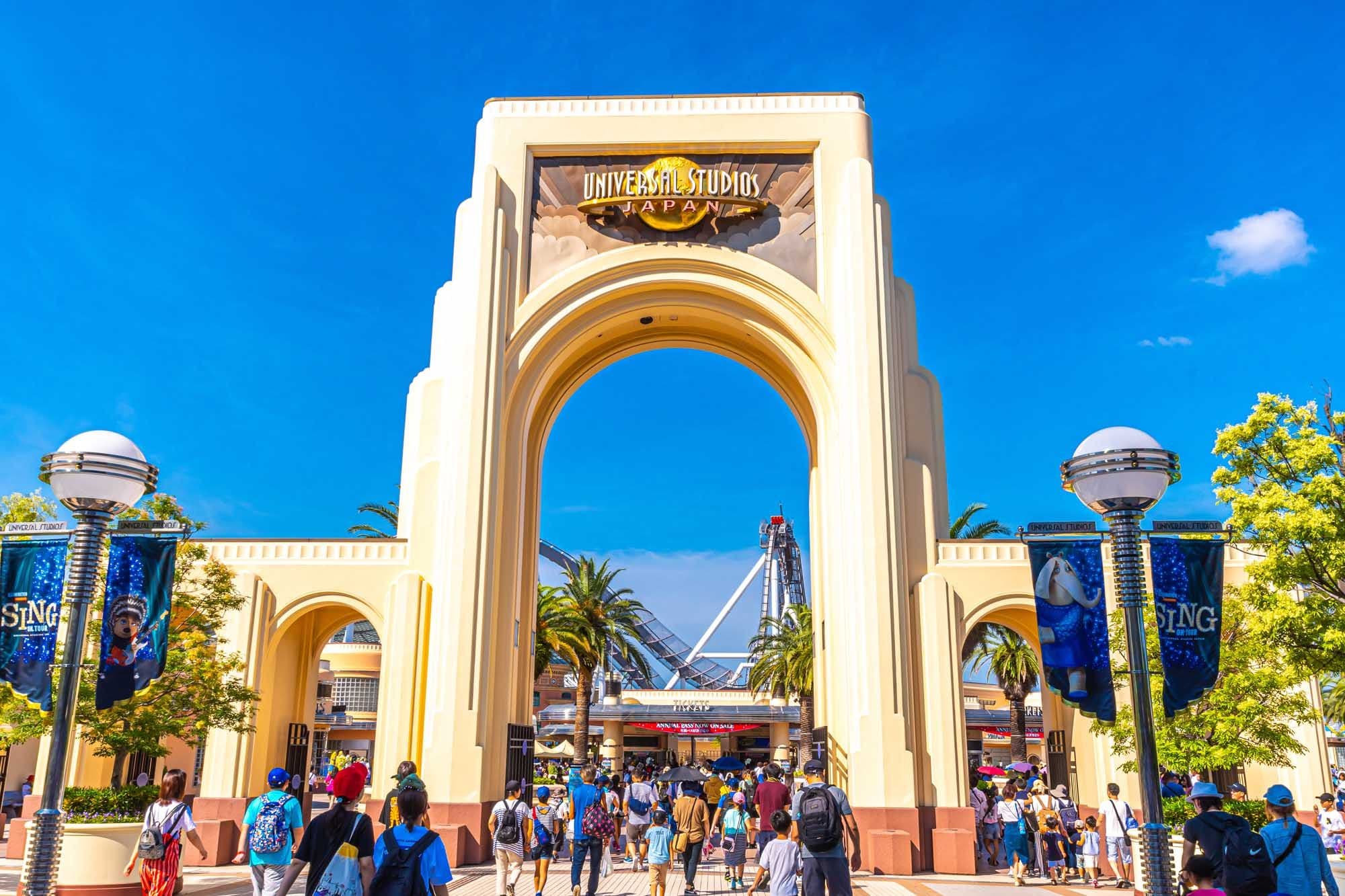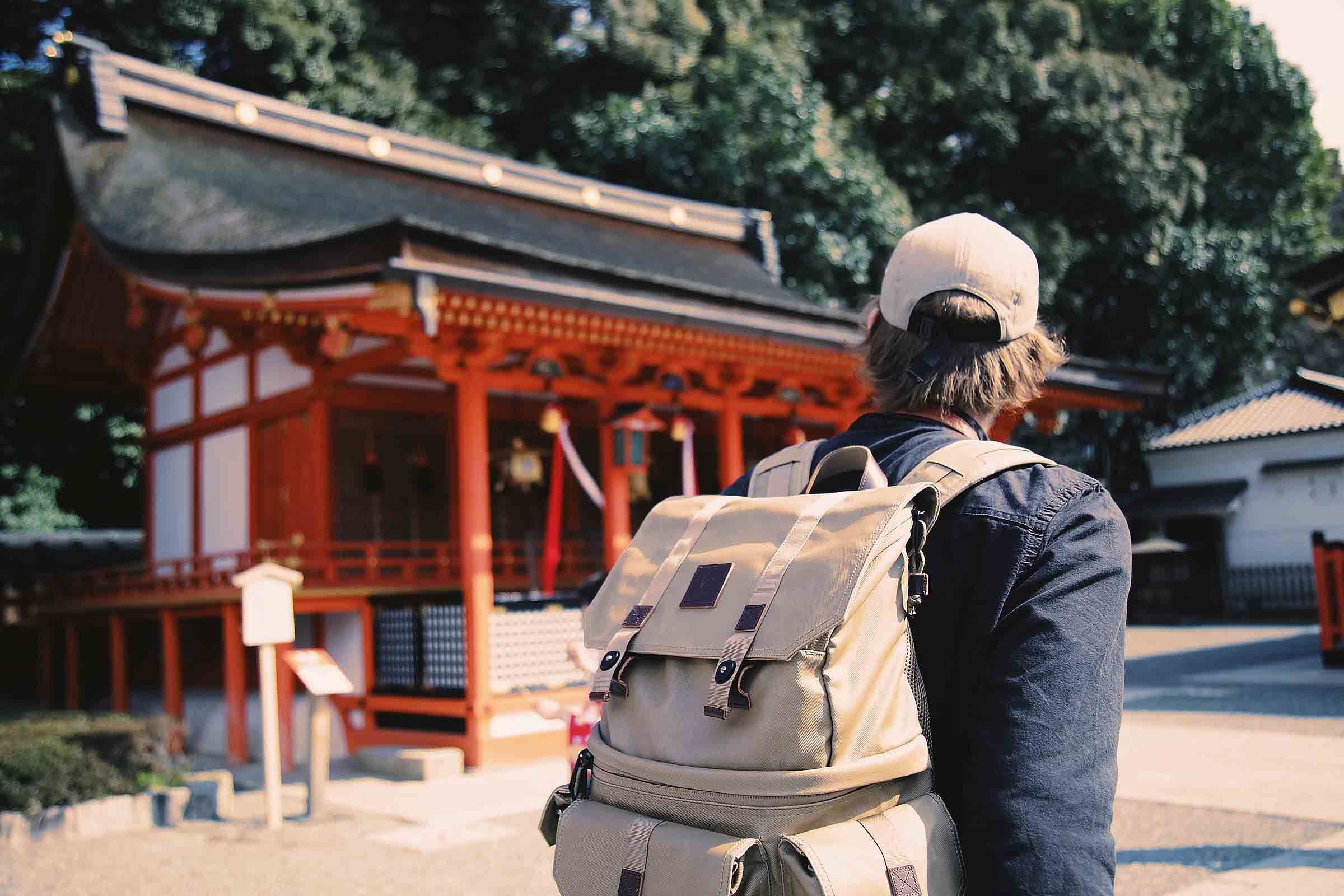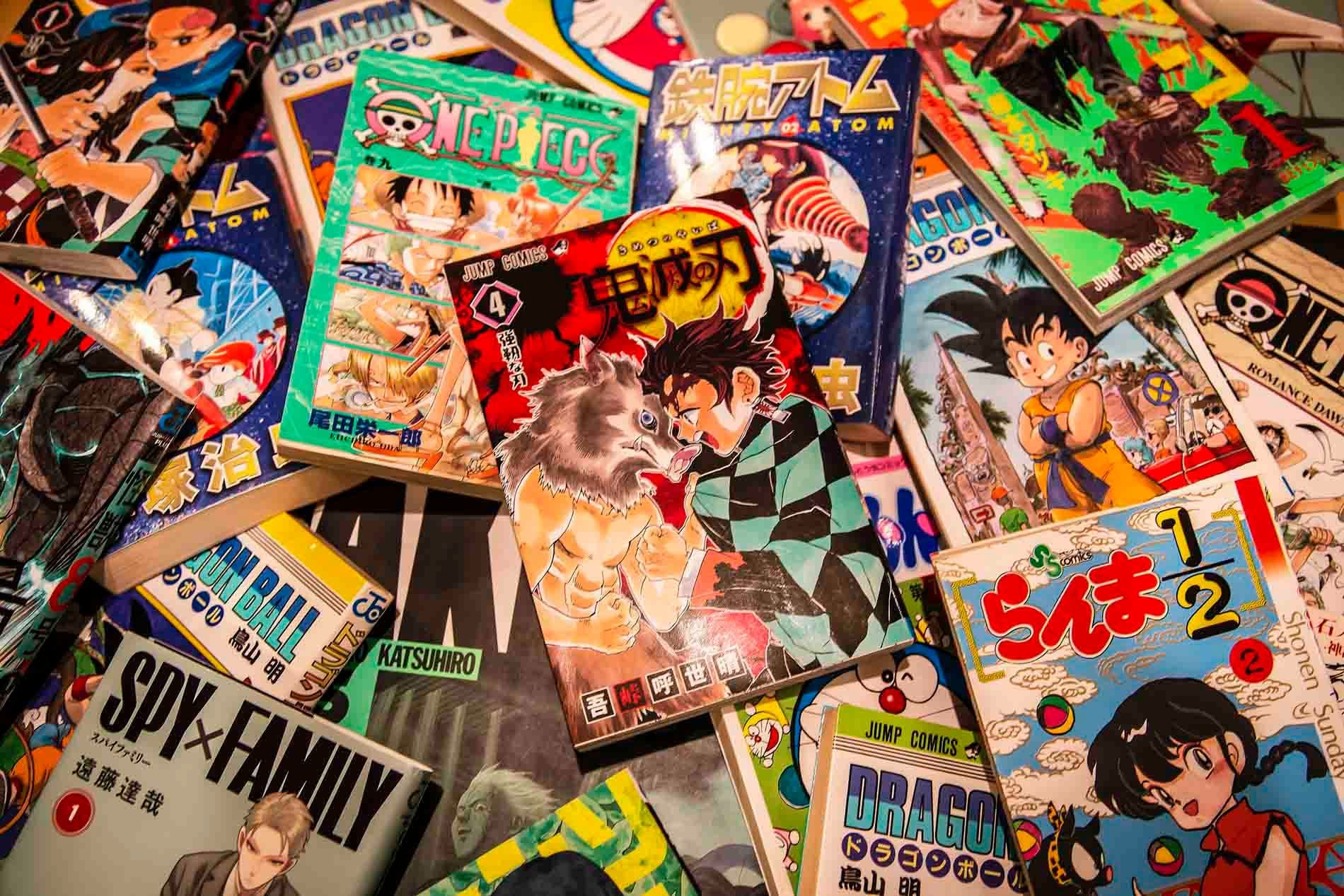
How to Use Chopsticks in Japan: A Step-by-Step Guide
James Saunders-Wyndham

James Saunders-Wyndham
Table of contents:
If you're visiting or living in Japan, you need to know how to use chopsticks. Learning how to hold chopsticks properly is an essential skill and basic etiquette in Japan. Proper use of chopsticks will enhance your appreciation of Japanese cuisine and show your respect for the local customs.
This guide aims to help you with the use of chopsticks in Japan. It covers:
Whether you're dealing with wooden chopsticks, metal chopsticks, or disposable chopsticks, this article will equip you with the knowledge to dine confidently and respectfully in Japan.

Chopsticks, or "hashi" in Japanese, hold a special place in Japanese culture. They're not just eating utensils; they're seen as a bridge between worlds. In fact, the word "hashi" also means "bridge" in Japanese. This symbolism runs deep, connecting people to their food and even to the divine.
Interestingly, Japan stands out in the chopstick-using world. While about 28% of the global population uses chopsticks, Japan is the only country where people eat with chopsticks without using spoons. This may be due to the sticky nature of Japanese rice, which is easier to eat with chopsticks.
“At first, using chopsticks to eat will feel uncomfortable. You might even find that your hand will cramp up. But over time you will feel more relaxed, and eventually it will become a natural habit.”

Learning how to properly hold chopsticks correctly is key to enjoying Japanese cuisine. Here's a simple guide:


Remember:
With practice, you'll gain dexterity. Start with larger items like sushi before trying smaller foods. If you're struggling, training chopsticks can help beginners get comfortable with the grip and movement.
By mastering this technique, you'll be able to handle various foods with ease, showing respect for Japanese dining customs.

Here are common mistakes to avoid when using chopsticks in Japan:
Avoiding these mistakes shows respect for Japanese dining etiquette.

Using chopsticks for different foods in Japan requires some know-how. Here are some tips:
For rice and soup: Pick up the bowl in one hand and use chopsticks with the other. It's okay to bring the soup bowl to your mouth, but not the rice bowl. Instead, pick up small amounts of sticky rice with your chopsticks.

Use serving utensils when available. However, if there aren't any, flip your chopsticks and use the unused ends. This is seen as good manners.
Remember, practice makes perfect when it comes to using chopsticks. As you become more comfortable with the basics, you'll find yourself able to tackle more challenging foods and dining situations. So, next time you're in Japan or at a Japanese restaurant, give these tips a try. You'll be surprised at how quickly you can improve your chopstick skills and enhance your dining experience.
1. What is the correct way to hold chopsticks in Japan?
To properly hold chopsticks, position them between your thumb, index, and middle fingers, ensuring a secure yet comfortable grip that allows you to pick up food effectively.
2. What are some tips for beginners learning to use chopsticks?
Beginners should focus on mastering the basic grip, practicing with different types of food, and ensuring they are comfortable with the movement and control required to use chopsticks effectively.
4. What is considered proper chopstick etiquette in Japan?
In Japan, proper chopstick etiquette involves placing your chopsticks horizontally on the table or tray to your side, with the tips pointing to the left. It is impolite and culturally inappropriate to position chopsticks vertically or to have the tips facing another person.


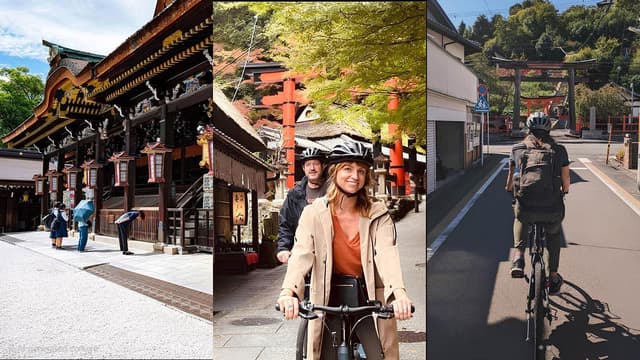
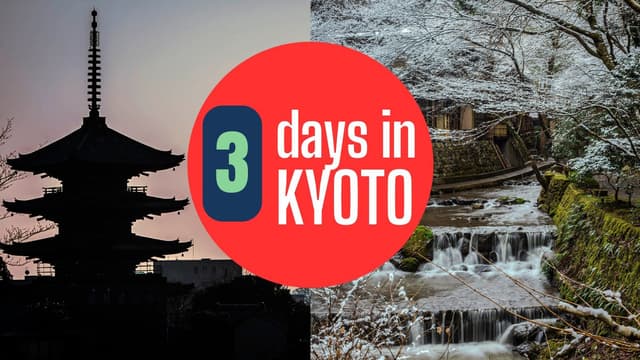
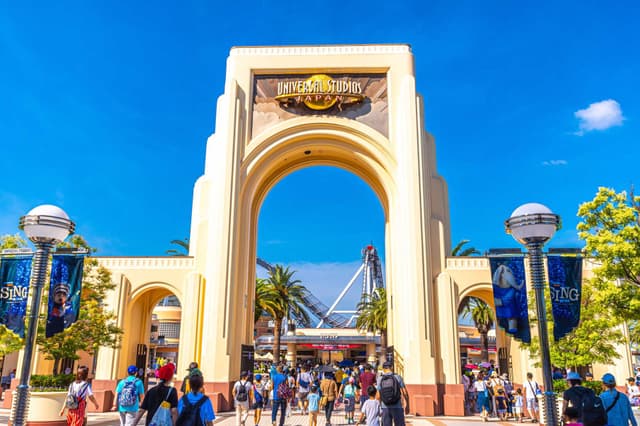
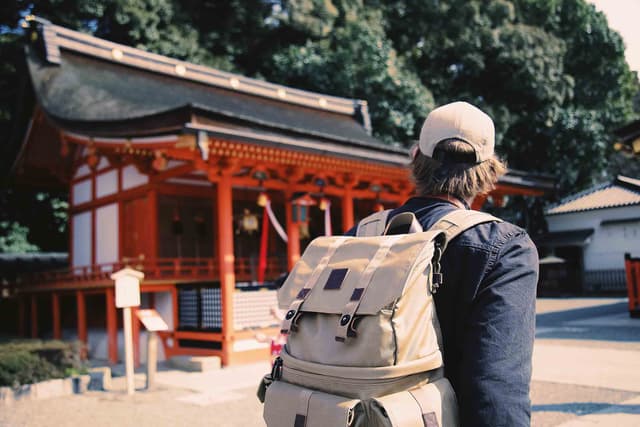

No FAQs available for this post.
Loading Comments...

I've been immersed in Japanese culture and daily life for over 30 years and am proud to call Japan my home. Originally from Australia, my journey has taken me from teaching at Japanese universities to traveling extensively across the country, uncovering its hidden gems. As a web developer, I built Romancing Japan from the ground up to share these experiences with you. Whether it's the charm of old Kyoto, the pulse of Tokyo, or the tranquility of the countryside, I love helping others discover the magic of Japan—one story at a time.

